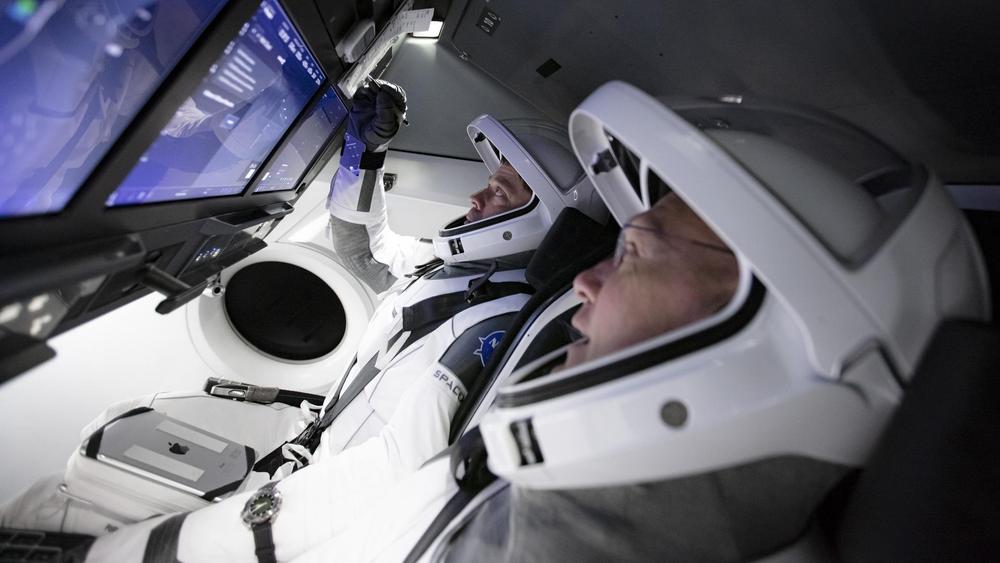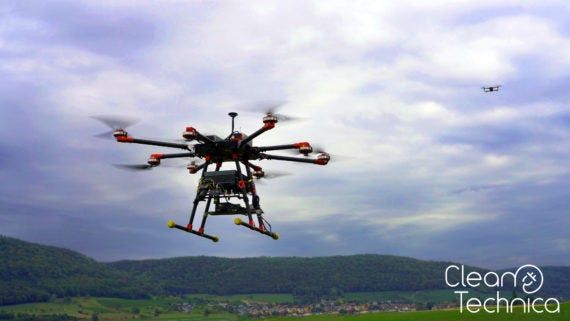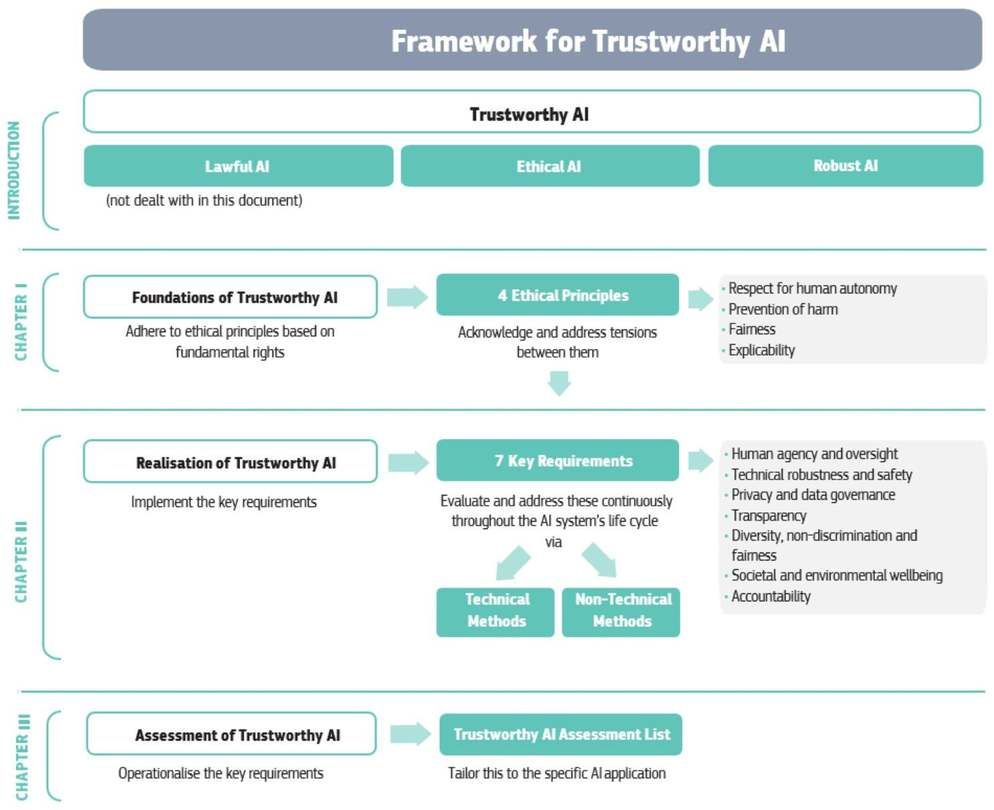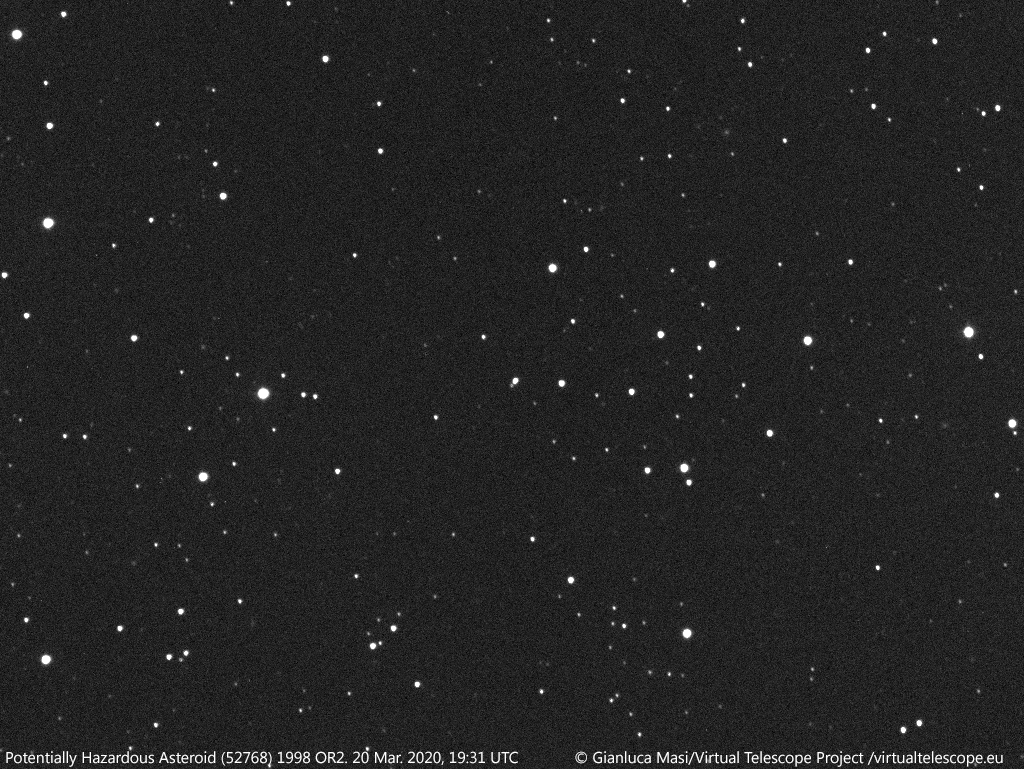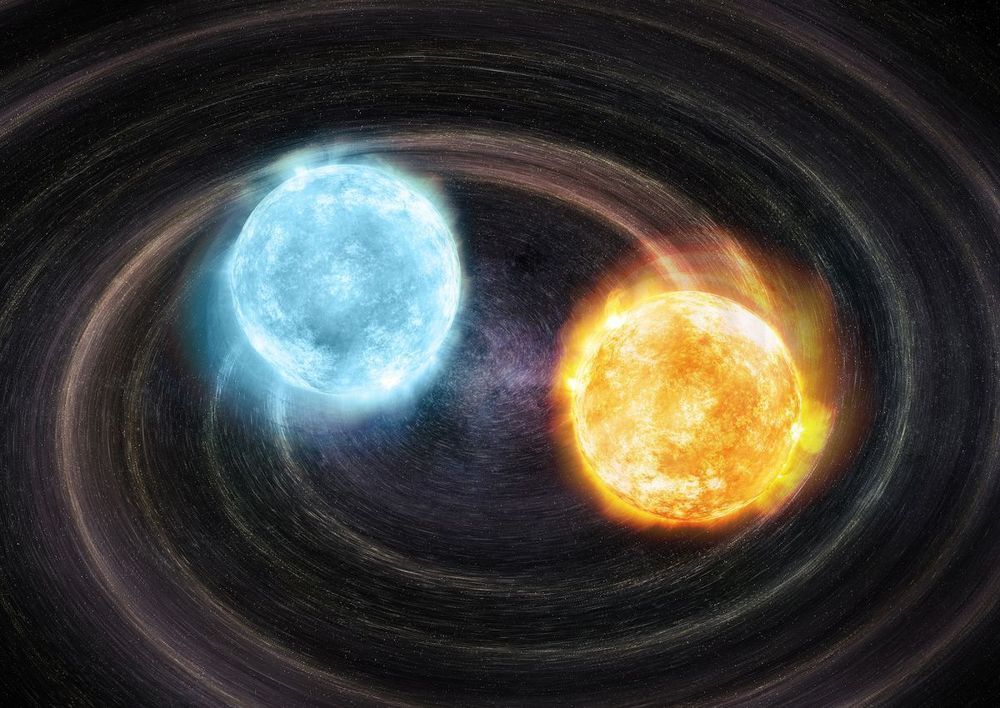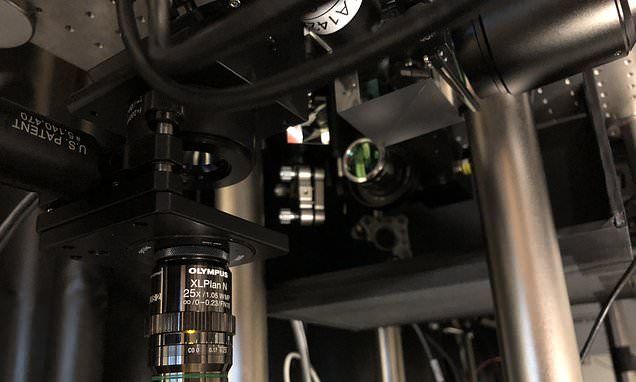Page 7616
Apr 5, 2020
Photos: Astronauts train to ride a Dragon into space
Posted by Genevieve Klien in category: space travel
Doug Hurley and Bob Behnken, two veteran space shuttle fliers, are gearing up to fly a privately-developed SpaceX Dragon capsule into orbit this year.
The two astronauts participated in several major training events in March, including long-duration simulations to rehearse procedures they will execute during launch on top of a Falcon 9 rocket, their docking with the International Space Station, and then departure from the orbiting lab for return to Earth.
SpaceX and NASA engineers joined the astronauts in the simulations, rehearsing their roles at control centers at the Kennedy Space Center in Florida, SpaceX headquarters in Hawthorne, California, and NASA’s space station control center in Houston.
Apr 5, 2020
Europe Gets One Step Closer To AI-Piloted Drones & eVTOL Aircraft
Posted by Genevieve Klien in categories: drones, mobile phones, robotics/AI
The biggest change worldwide in the last decade was probably the smartphone revolution, but overall, cities themselves still look pretty much the same. In the decade ahead, cities will change a lot more. Most of our regular readers probably think I am referring to how autonomous vehicles networks will start taking over and how owning a car will start to become closer to owning a horse. However, the real answer isn’t just the autonomous vehicles on the roads — they will likely also compete with autonomous eVTOL aircraft carrying people between hubs.
Today, the European Union is moving one step closer to making this second part a reality. Together with Daedalean, an autonomous flight company we have covered in the past, EASA published a new joint report covering “The Learning Assurance for Neural Networks.”
Apr 5, 2020
Attacking Global Warming With Satellites
Posted by Bill D’Zio in categories: climatology, disruptive technology, energy, environmental, space

Global warming is a complex problem that is not easy to solve. While world leaders seem to be dragging their feet over the issue, Yotam Ariel, founder of Bluefield, believes he might have at least one piece of the puzzle sorted. Methane monitoring from space. By leveraging a network of microsatellites with a proprietary sensor, Bluefield plans to deliver alerts and analytics to oil and gas clients to help combat the inadvertent release of methane gas
Methane, a greenhouse gas, is leaking into the atmosphere. One might ask, “Why bother with methane, isn’t carbon dioxide the problem?” Well, according to the IPCC (https://www.ipcc.ch/), methane is 84 times more potent than carbon dioxide, which is clearly a bad thing for global warming. Methane is believed to be responsible for 25% of global warming and knowing who is emitting, when, and how much, would be a massive step towards reversing climate change. Since between 50 and 65% of total global methane emissions come from human activities, being able to identify and stop leaks is crucial to lowering greenhouse gases in our atmosphere.
Bluefield plans to specialize in methane gas detection and not try and solve all problems all at once and thereby reducing complexity. Further reduction in complexity is achieved by leveraging outside suppliers where applicable that complement the Bluefield plans. By reducing the complexity, Bluefield can focus on its core mission and specialty. Areas outside of detection such as the satellite parts, ground stations, the launch, and other services will be outsourced. This will allow Bluefield to quickly move through its development stages. Whereas it might take up to 10 years for a space agency like NASA, JAXA or ESA, to fund, design, test and launch a custom satellite, Bluefield aims to accomplish this as early as next year.
In fact, the prototype for the first microsatellite design has already been completed. Bluefield shortlisted several suppliers and the final selection will be made soon. The company is well on its way to testing its technology in orbit after completing both field tests and high-altitude balloon tests this year. By mounting its newly developed sensor on several backpack-sized microsatellites, Bluefield will be able to collect enough raw data to provide methane emission monitoring at a previously unthinkable level in terms of global coverage, high resolution and at a price point well below what is currently available.
Apr 5, 2020
Huge asteroid 1998 OR2 will zip harmlessly
Posted by Quinn Sena in categories: asteroid/comet impacts, existential risks
The huge “potentially hazardous” asteroid 1998 OR2 is just a few weeks away from its close encounter with Earth, and you can watch the giant space rock’s approach online or with a small telescope.
While asteroid 1998 OR2 is large enough to wreak havoc on Earth if it were to strike our planet, it won’t come anywhere near a collision when it flies by on April 29.
Apr 5, 2020
Why AI Is Transforming The Banking Industry
Posted by Genevieve Klien in categories: finance, robotics/AI
Large banks are industry leaders adopting AI to stay ahead of competition, provide greater customer service to customers, more relevant services and offerings, as well as helping transform many back end processes. How is USAA adopting AI to help?
Apr 5, 2020
Astronomers spot never-before-seen gravitational wave source from binary white dwarf stars
Posted by Genevieve Klien in categories: energy, physics, space
Astronomers have detected two stellar corpses whirling around each other, and they might be producing gravitational waves.
White dwarf stars are what become of stars like our sun after they run out of fuel and turn into leftover hot cores. For many years, researchers have predicted that there should be binary, or two-object, systems made up of white dwarf stars. According to general relativity, two such masses orbiting each other should emit energy in the form of gravitational waves, which are ripples or disturbances in the fabric of spacetime.
Apr 5, 2020
Ex-astronaut launches training kit for coping with self-isolation
Posted by Genevieve Klien in category: space
Apr 5, 2020
Why do some young people die of coronavirus?
Posted by Genevieve Klien in category: biotech/medical
Covid-19 hits the old hardest, but young people are dying too. Scientists say it may be down to genes or ‘viral load’.
Apr 5, 2020
Real life ‘shrink ray’ can reduce 3D structures
Posted by Quinn Sena in categories: biotech/medical, quantum physics
Could used for anything to reduce size just like an ant man suit :3.
Scientists can put all kinds of useful materials in the polymer before they shrink it such as metals, quantum dots and DNA. Pictured is the machine used to shrink objects.
The polyacrylate forms the scaffold over which other materials can be attached.
Continue reading “Real life ‘shrink ray’ can reduce 3D structures” »

